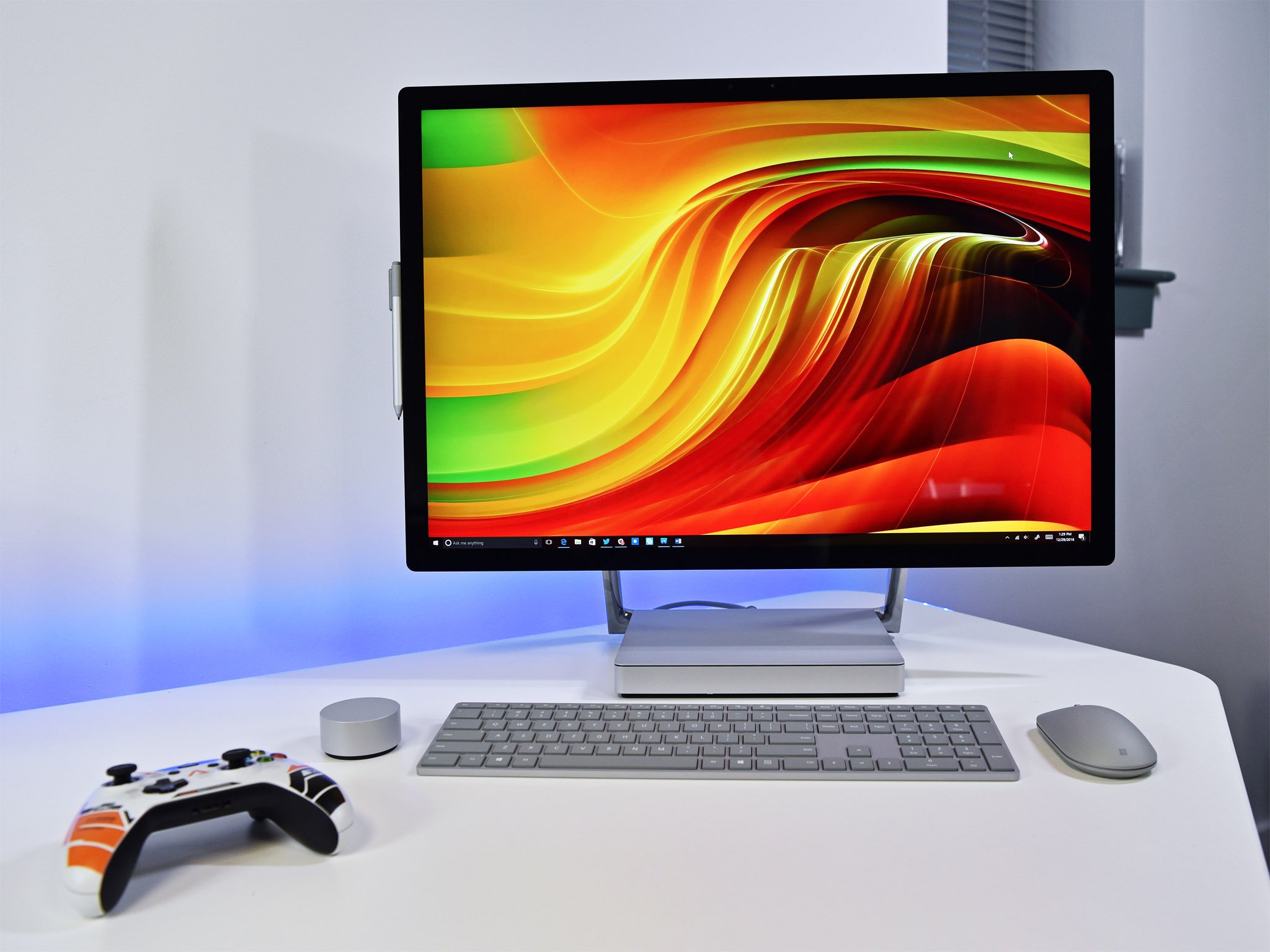
All-in-one (AiO) PCs are sort of like a laptop for your desk. They are self-contained units; you have a display and all the PC hardware behind it in a sleek, slim package. Many popular manufacturers like ASUS, Dell, Microsoft, and Lenovo make AiO PCs, but you might be wondering exactly why you might want one instead of a standard desktop and separate monitor. Here are four benefits and four downsides to buying an AiO PC to help you decide on a final purchase.
All-in-one PCs are easier to transport
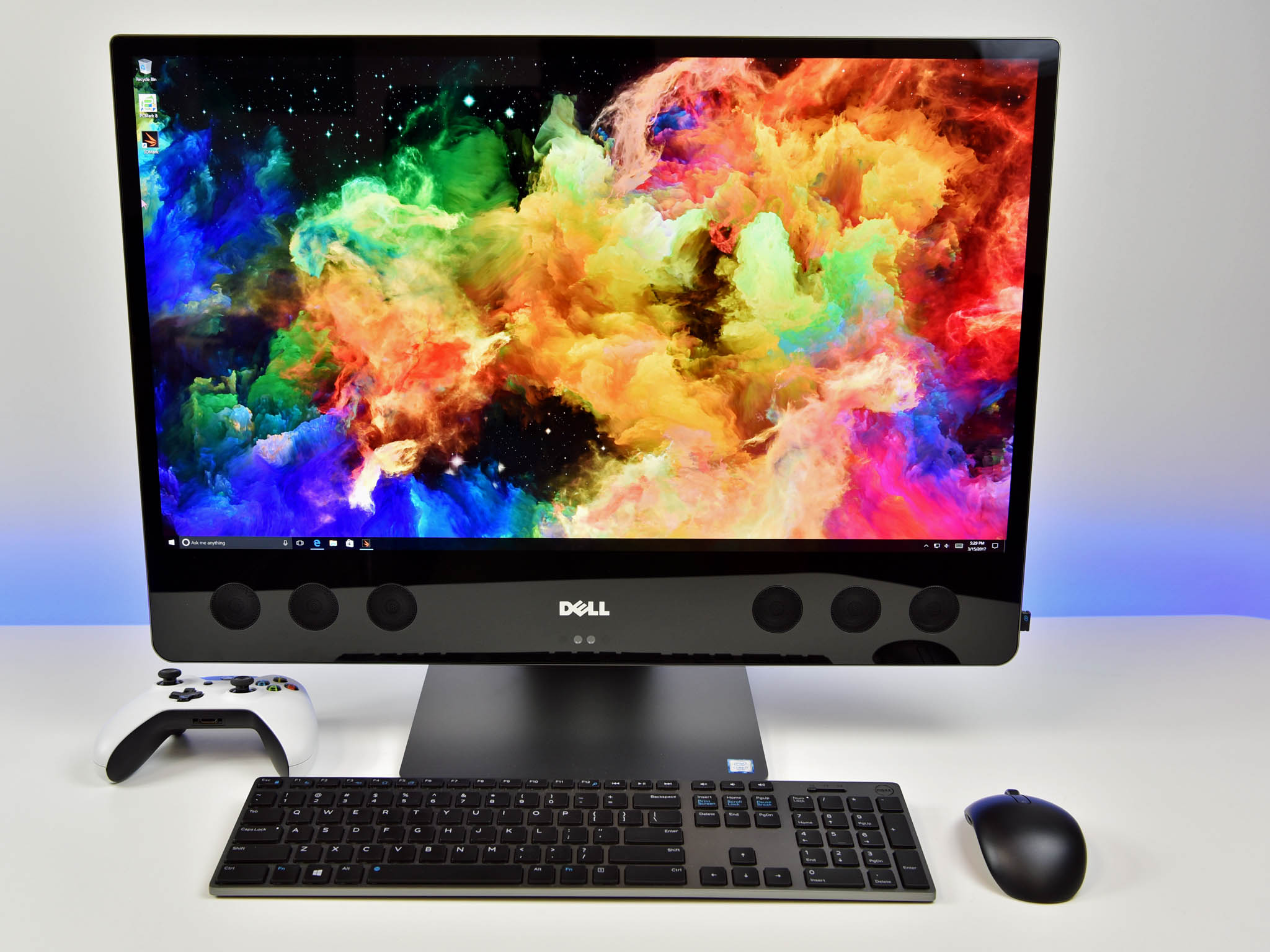
Standard desktop PCs are usually constrained to your office or home just based on the fact that transporting a monitor, tower, cables, and peripherals is a bit of a hassle.
In the event that you have to transport an AiO PC, however, you're usually looking at a single unit with a cable; if you have an AiO with a touchscreen, you can also choose to forego carrying any peripherals, like a keyboard and mouse.
Although AiO PCs are easier to transport than their standard desktop counterparts, you still want to grab a laptop if you're someone who is on the move more than you're stationary.
All-in-one PCs take up less space
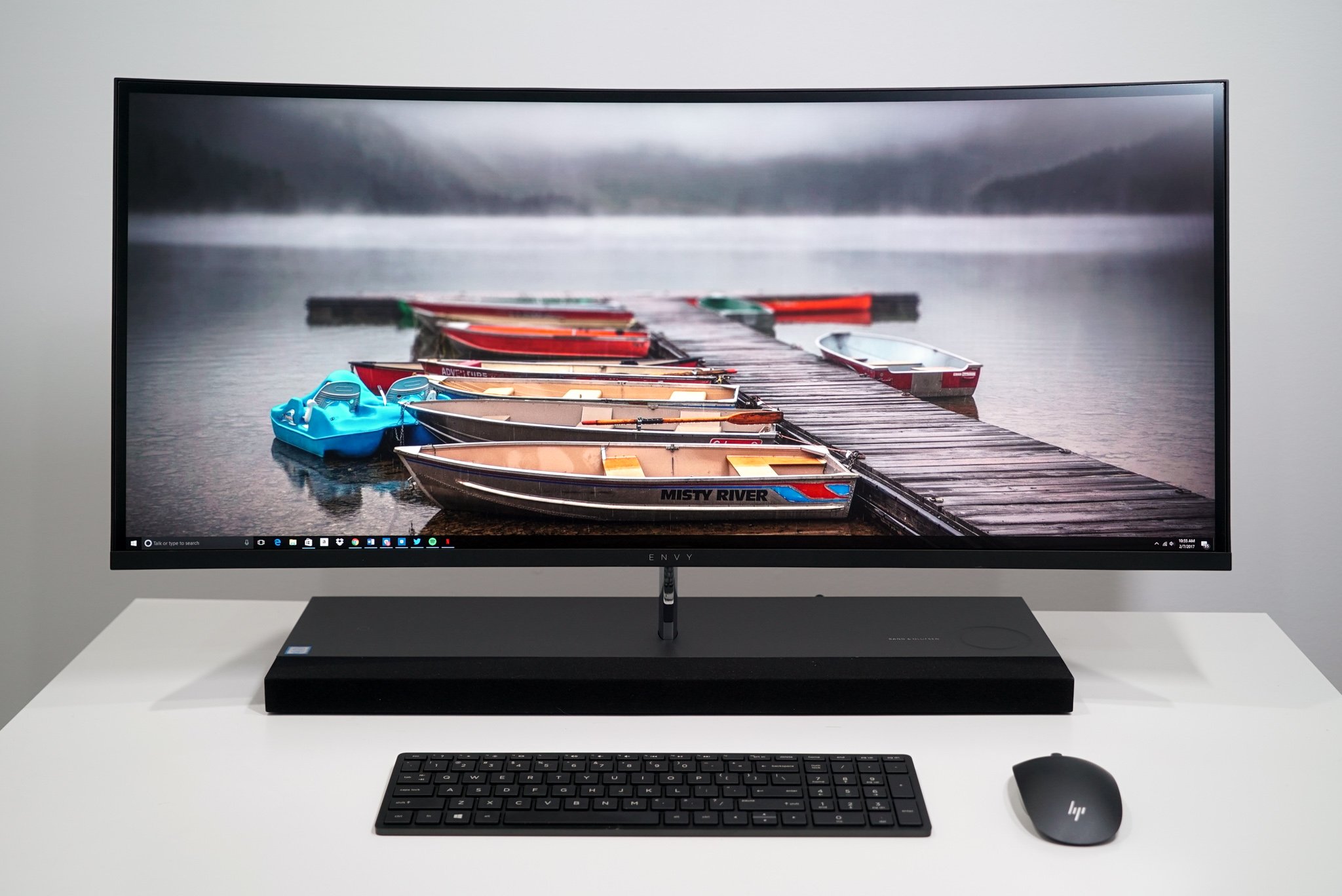
AiO PCs are getting slimmer every day, pretty much to the point where you can mistake one for a standard monitor. Not so; inside is all the hardware needed to run. Whether you have a small area in your home, you need a multi-PC setup and don't want two or three towers at your feet, or you have a ton of PCs in an office setting, removing the attached tower that comes with a standard desktop PC can free up a lot of space.
On the office note, not having a bunch of cables attaching monitors to towers makes everything look much more proper to any potential customers coming to visit.
All-in-one PCs can give you a touchscreen experience
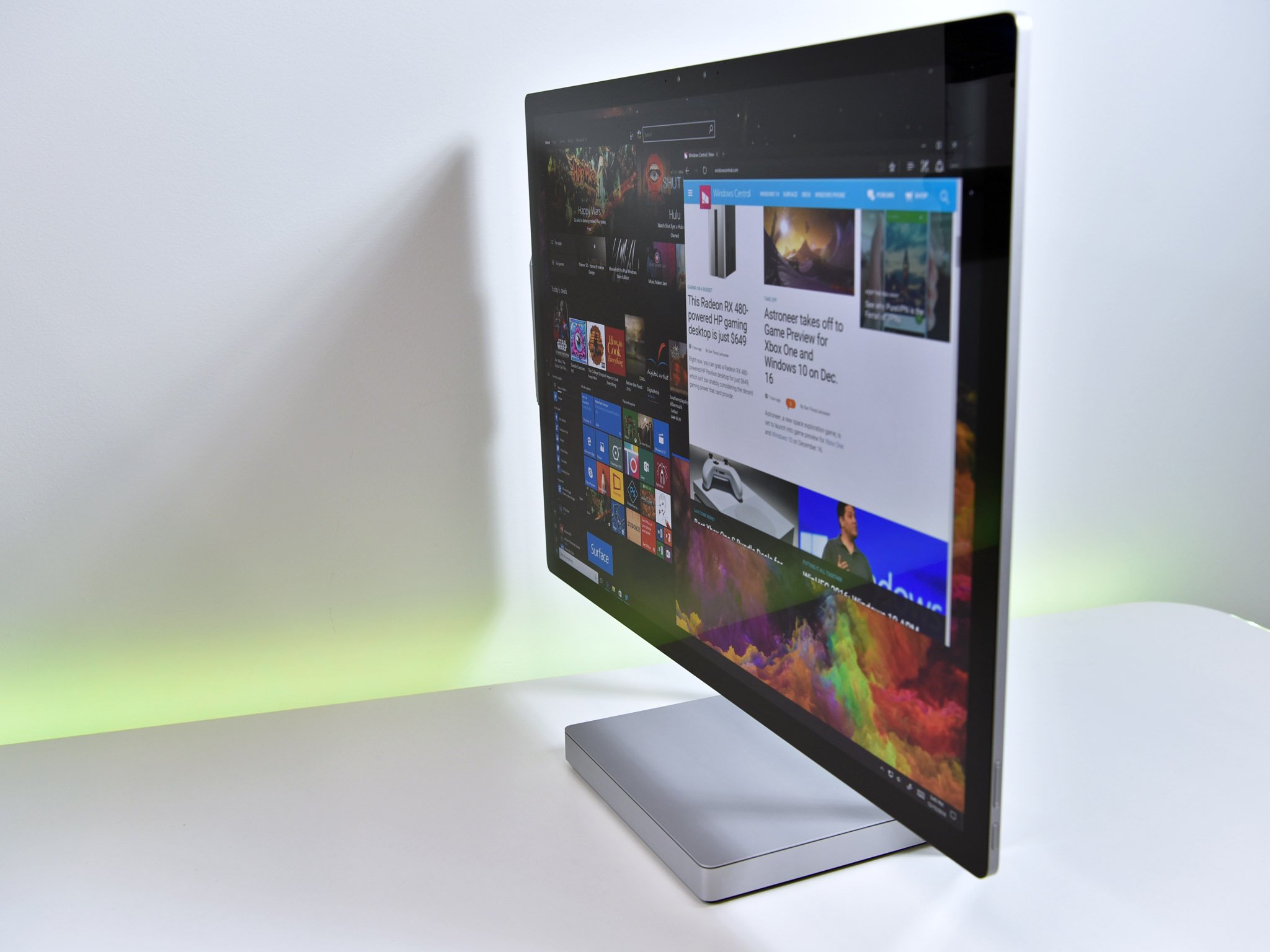
Touchscreens have come a long way in the last few years, and many Windows laptops and AiO PCs now feature them. The touch feature is great for artwork and design, especially if you get something with pen support like the Microsoft Surface Studio.
Get the Windows Central Newsletter
All the latest news, reviews, and guides for Windows and Xbox diehards.
There are also certain apps for Windows 10 that just work better with a touchscreen, and especially a pen. If you've been using a tablet for a long time and now want to upgrade to a more robust PC, an AiO with a touchscreen will be immediately familiar and you won't miss the added functionality.
All-in-one PCs are easier to set up
Not everyone is comfortable around a PC. Maybe they've used Apple products until now, or maybe they've just never taken time to get familiar with how a PC works. If you're shopping for your first PC ever, you might be attracted to the simplicity of an AiO.
To set it up, you basically plug it into a power outlet, hit the power button, and watch Windows 10 boot. A pre-built desktop PC isn't that much harder to set up — you have to plug in your monitor, speakers, and any other cables — and is also a decent option for a new user.
A PC that comes in pieces that you have to put together will likely be way over the head of someone who hasn't spent a lot of time around the hardware. Bottom line: if you're new to the PC game, an AiO is about as simple as it gets.
All-in-one PCs are harder to tinker with
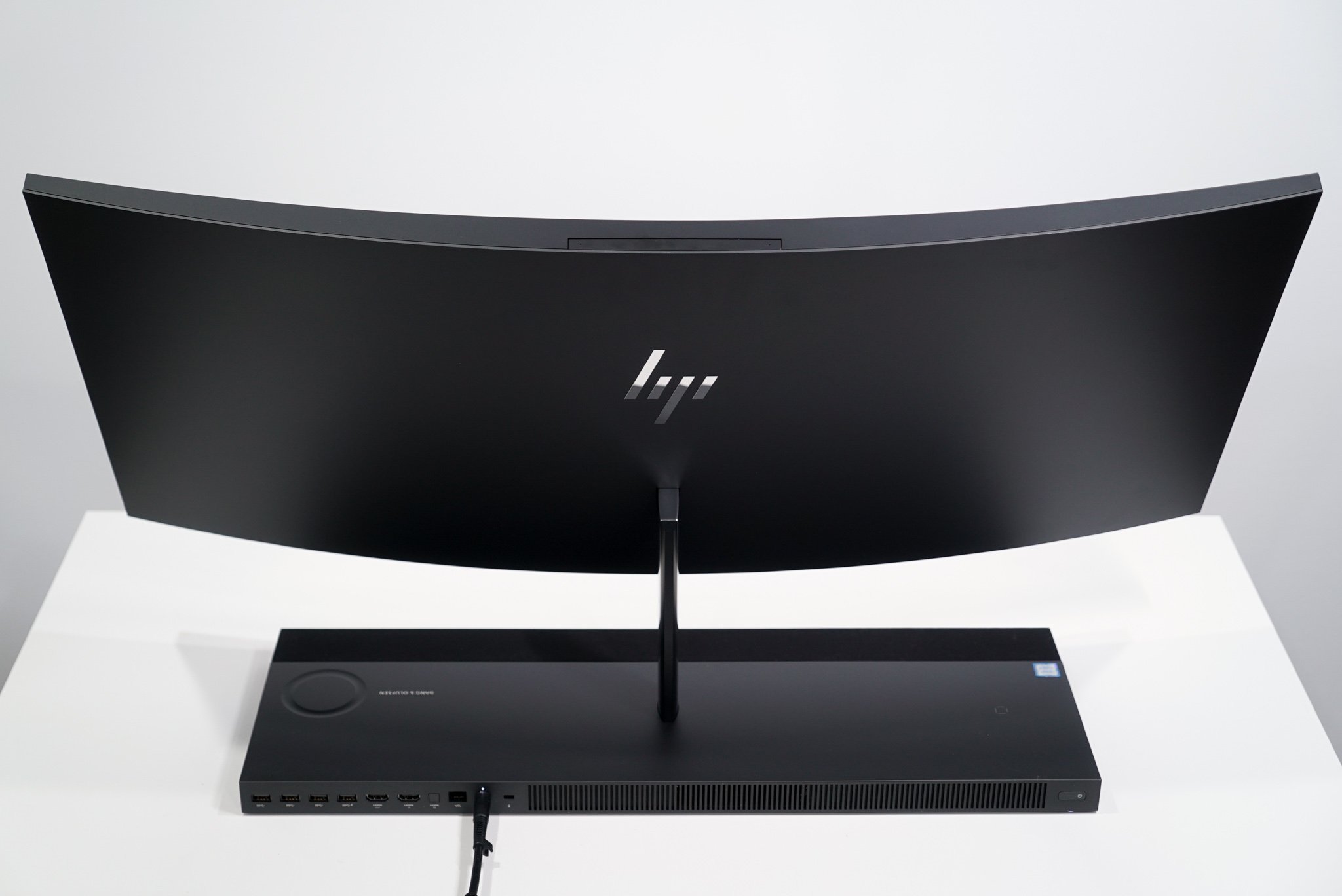
AiO PCs are compact and attractive, but they're usually much harder to tinker with if you can get into them at all. A lot of time the hardware inside is soldered down or unreachable. A standard desktop tower, on the other hand, can be opened and there is plenty of space inside. The hardware can usually all be moved around to your heart's content.
Why tinker with your PC? Perhaps a piece of hardware, like a USB port, fails. On a standard desktop PC, you can repair things yourself as long as you have the know-how. On an AiO PC, however, opening it up might go against the warranty or it might actually be impossible to reach the faulty piece. In that case you'll need to send the entire unit away for repair and you'll be down a PC. This is especially frustrating if it's the display that fails, since with a standard desktop PC you'd be able to keep using the PC while the monitor is replaced or repaired.
All-in-one PCs are harder to upgrade
The hardware available for a PC is in a constant state of improvement. Even if you buy a PC with top-of-the-line parts, it will likely become dated within a few months (if not sooner). Because a computer is an investment, it's hard to reconcile with the fact that this thing you spent a load of money on is now no longer the best out there.
To combat the obsolescence of hardware, standard desktop PCs can be upgraded quite easily. You open up the tower, take out the old hardware (say a graphics card) and pop in a new one you just bought.
AiO PCs don't generally work this way. There is not a lot of room to work with, so even if you could get inside, take out the old hardware, are put something new it, it would have to be a special piece that fit exactly. This also restricts the hardware you can put into an AiO.
All-in-one PCs are stuck with one display
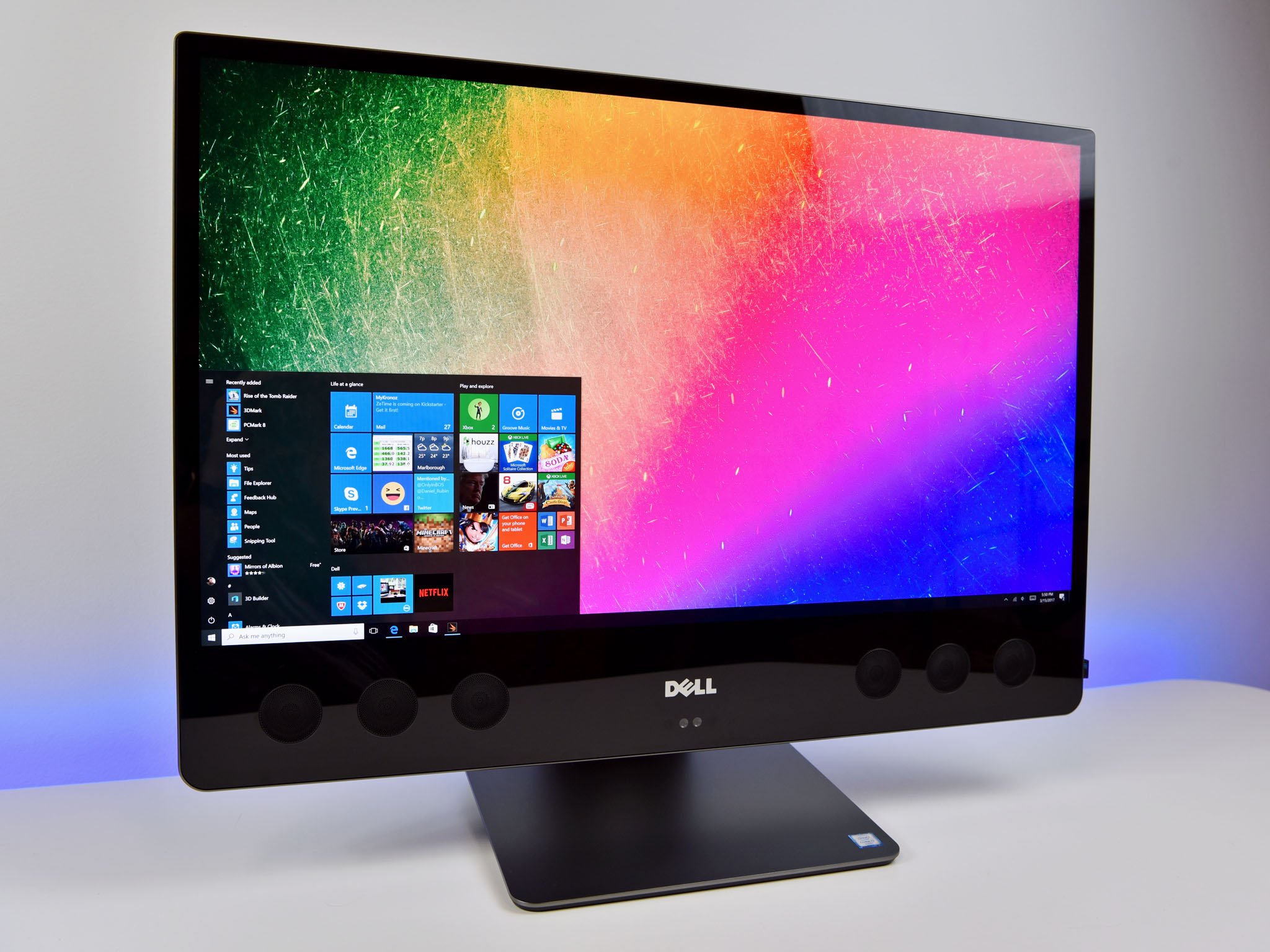
Piggybacking on the hardware upgrade restrictions is the fact that you're stuck with one display for the life of the AiO PC, unless you place the AiO at your feet or to the side on your desk and hook it up to an external monitor.
It might seem like the built-in display on your AiO is suitable right now, but what happens when you want to get something larger or with a higher resolution? There's also the complication that surrounds a faulty display. Instead of being able to buy a new monitor, you either have to get the entire thing repaired or purchase an entirely new AiO PC.
All-in-one PCs are more expensive
When it comes to buying an AiO, you're usually buying something that is put together and branded by a specific company. This means it's going to be more expensive right off the bat than if you were to buy separate pieces of hardware and assemble everything yourself.
For example, if you note the hardware in the Lenovo IdeaCentre Y910 AiO and wait for it to go on sale from various retailers, you can expect to put something similar together for a few hundred dollars less (including a standalone monitor). Keep in mind that you also aren't getting the same sleek, futuristic look as you're getting with the IdeaCentre Y910 AiO.
The best All-in-one PCs available now
Think an AiO PC it right for you? Good! To help you decide where to start, check out our choice for the best options available now.

Cale Hunt brings to Windows Central more than eight years of experience writing about laptops, PCs, accessories, games, and beyond. If it runs Windows or in some way complements the hardware, there’s a good chance he knows about it, has written about it, or is already busy testing it.
